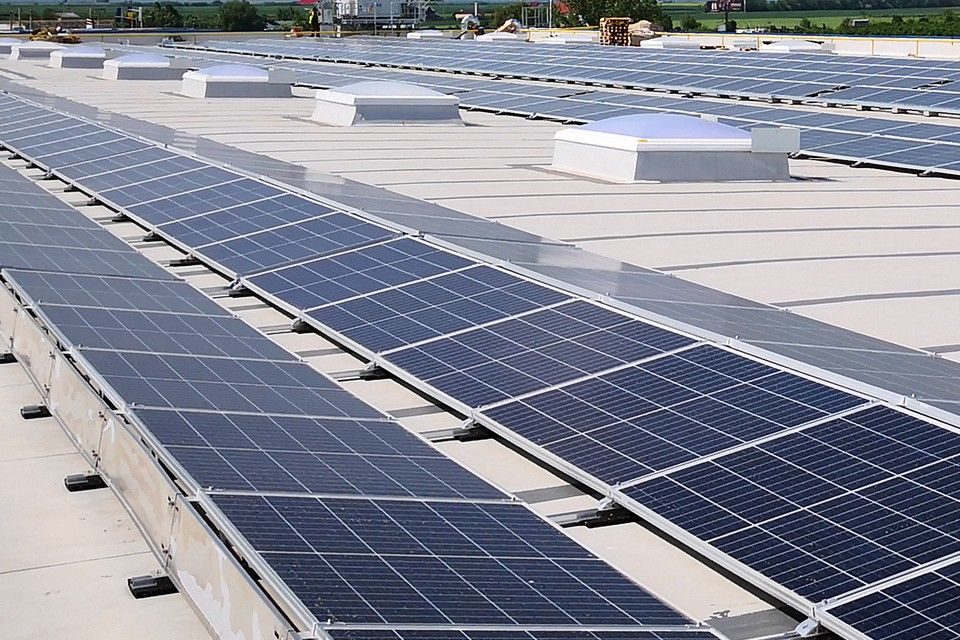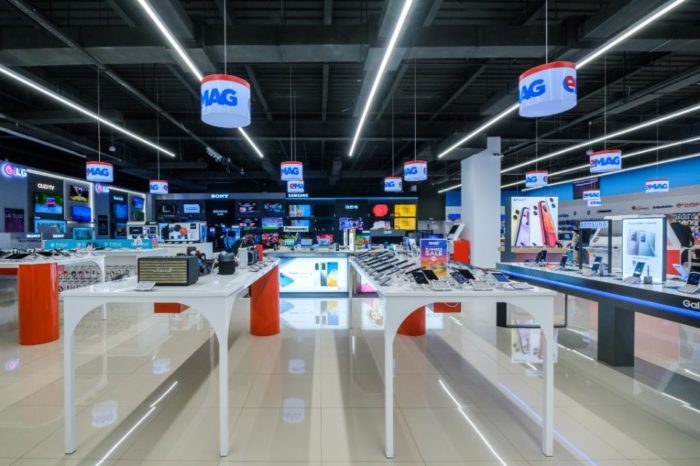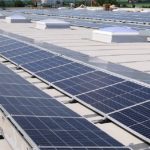E.ON project shows possibilities of technical feasibility of a decentralised energy system

After more than four years of research and development work, the DESIGNETZ project (part of the SINTEG funding program), funded by the German Federal Ministry for Economic Affairs and Energy and led by E.ON, presented its results. 46 project partners have been working together since the beginning of 2017 in the model regions of North Rhine-Westphalia, Rhineland-Palatinate and Saarland to develop scalable solutions that can be used to realize a sustainable, secure and at the same time cost-efficient energy system.
The research results provide important insights into what the energy world of tomorrow may look like. They show that the energy transition in Germany is technically feasible. The core element of the future energy system is an intelligent, well-developed grid infrastructure. It forms the backbone of the energy transition. In addition, flexibility potential and the principle of initially balancing energy generation and consumption locally wherever possible, will play an important role.
Thomas König, responsible for E.ON’s network business, says: With the successful completion of DESIGNETZ, we have created a blueprint for the energy system of tomorrow. DESIGNETZ has shown: The technical solutions for a sustainable decentralised energy system are in place. Now we need even stronger political tailwind. Future-proof regulation should, above all, stimulate investment and innovation in grid infrastructure and enable grid operators to exploit all flexibility options for grid stabilisation in the future.
Andreas Feicht, State Secretary at the Federal Ministry for Economic Affairs and Energy, said, DESIGNETZ, as one of five projects in our SINTEG (“Schaufenster Intelligente Energie”) funding program, provides important insights into the necessary conditions for a cost-optimal energy transition. We will incorporate these in the further development of the regulatory framework. In particular, the DESIGNETZ experts have demonstrated the importance of early and sufficient grid expansion, but also optimised grid operation – accompanied by intelligence, innovative spirit and flexibility.
In the final project phase, known as live operation, individual plants from the DESIGNETZ subprojects that can flexibly absorb, or release energy were integrated into the overall system. Thus, for the first time, a bidirectional communication between the real technical plants and the so-called System Cockpit was created. For example, an energy storage system was able to communicate how much energy it could store or feed into to the grid. The System Cockpit evaluated the flexibility offered, i.e., classified it in terms of possible weather changes, response times and technical faults. In addition, it was able to integrate the technical systems into a simulated energy supply system of the year 2035 and thus assess its performance and stability.
DESIGNETZ proved with the System Cockpit that the provision of flexibility is very individual and follows different processes and standards. When implementing a decentralised energy system, it is therefore important to integrate digital technology into the grids in order to be able to react flexibly to fluctuations in generation and consumption. Flexibility for this comes, for example, from flexible industrial consumers, electromobility, storage facilities or the generation of green hydrogen. The prerequisites for this are incentives on the relevant markets and greater digitisation of grids and plants.
The conclusion from this is that a future energy system based exclusively on renewable generation can work if the available flexibility of all sectors is exploited at the same time and the grid infrastructure is expanded intelligently. Of particular importance for this is the decentralised system role of the distribution grid operators. To further strengthen and expand this role, regulation that creates incentives for innovations and classic solutions is needed. This requires instruments that make grid-serving flexibility economically viable, as well as internationally competitive and risk-adequate investment conditions.
The project has also shown: The energy system of the future can only become reality if it is supported by a broad base within society: The energy transition must be enabled by politics and implemented together with companies and citizens.













